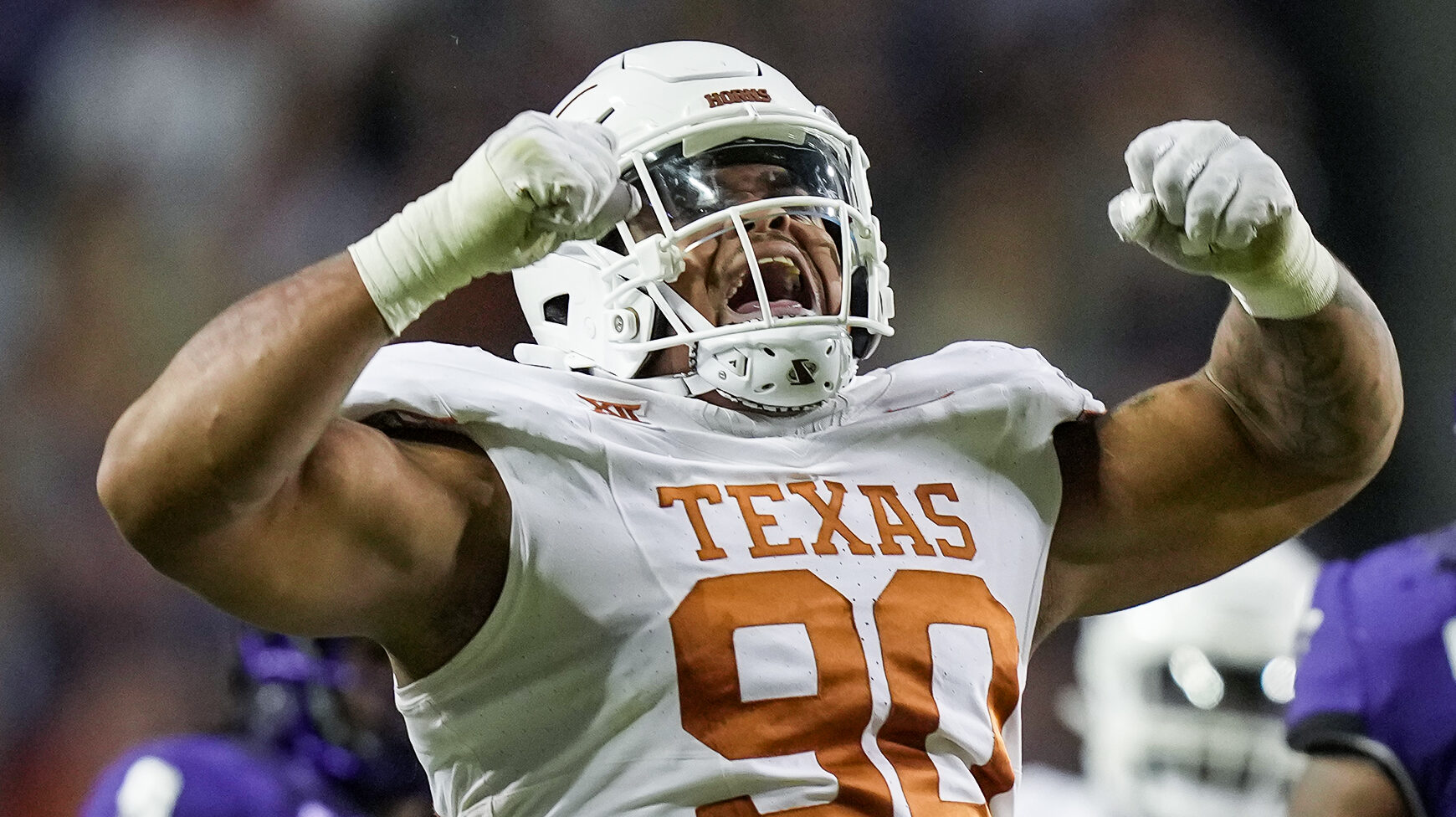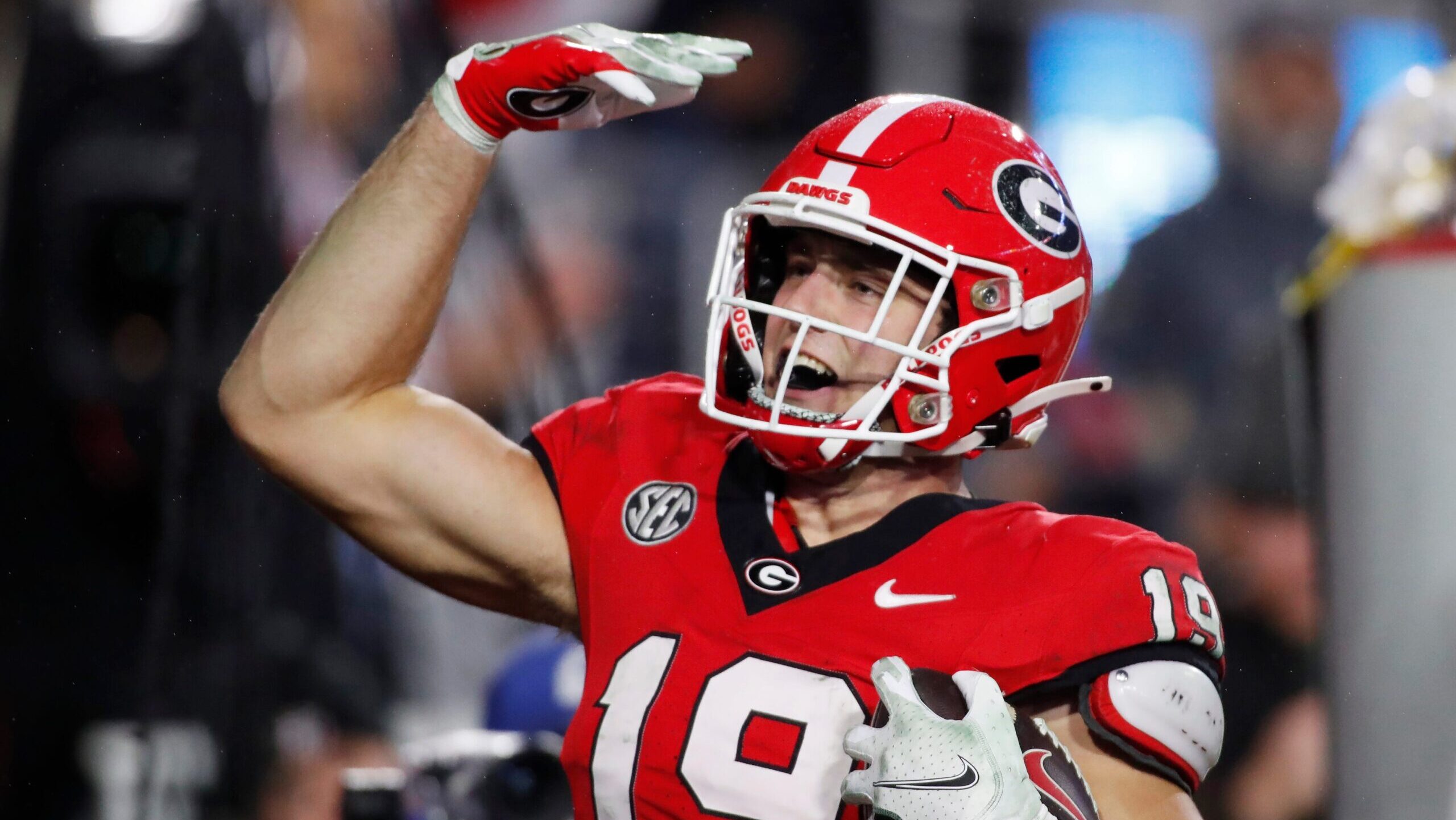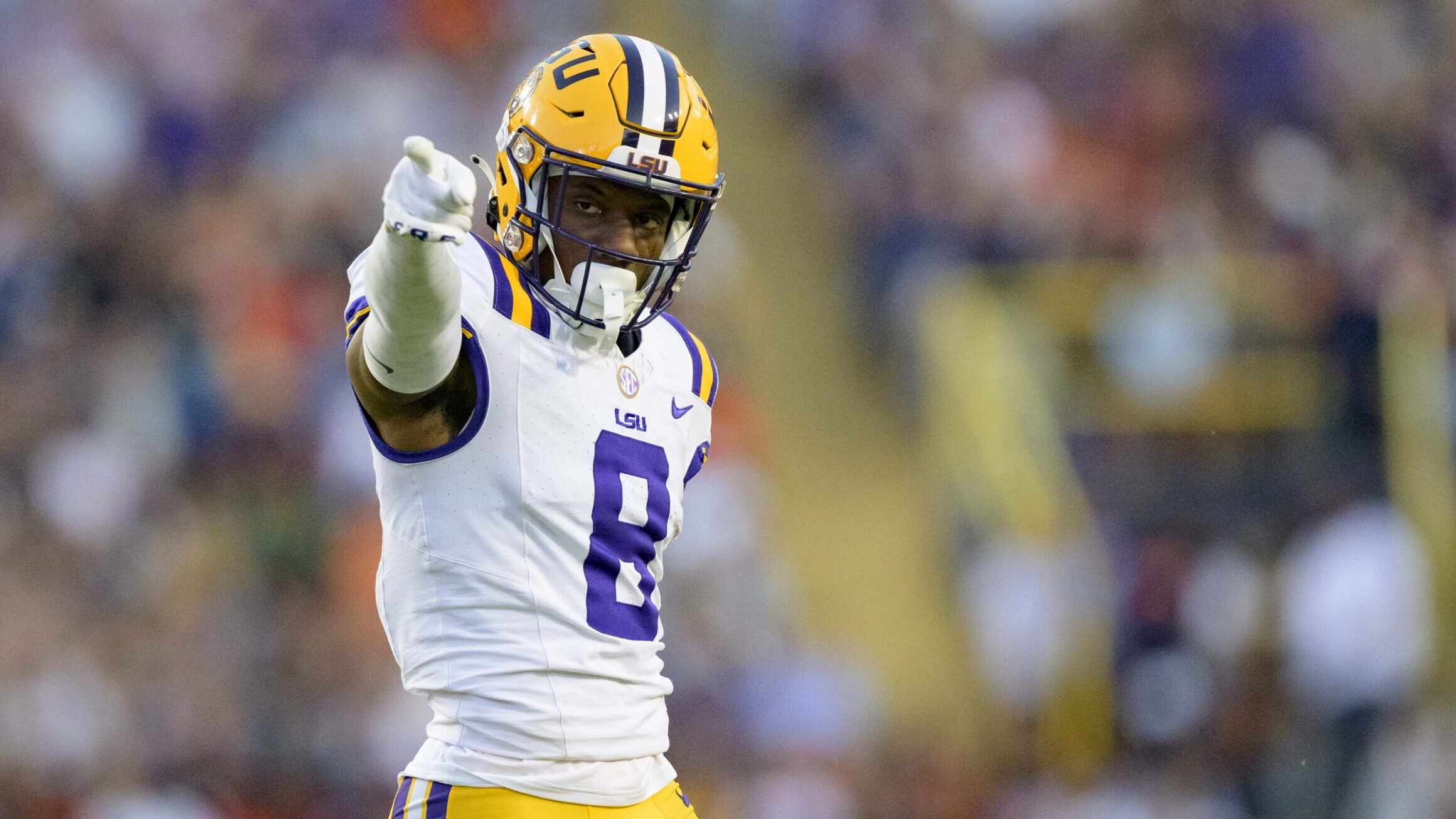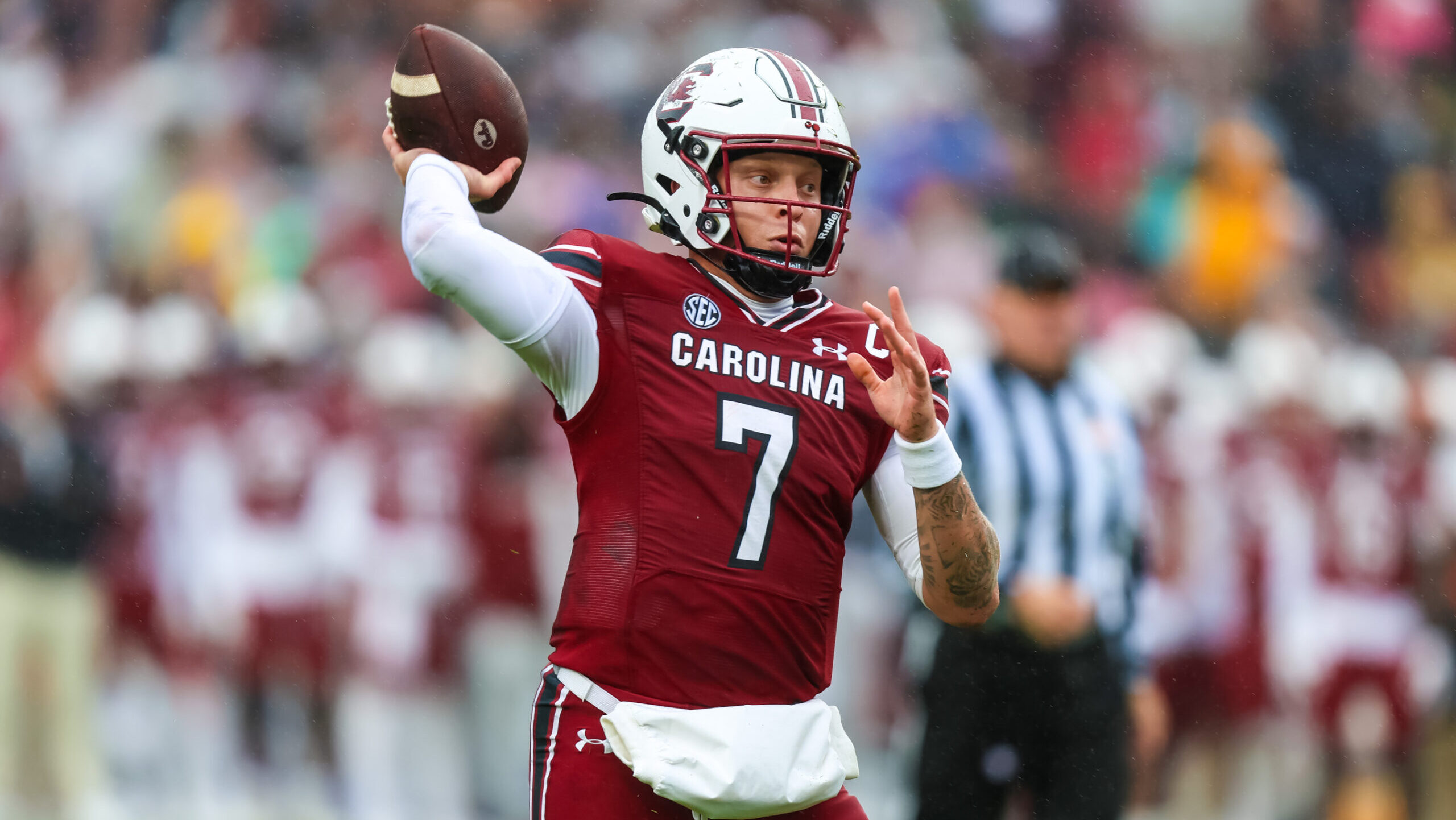Analysis
5/23/23
15 min read
Not So Random Thoughts On Anthony Richardson, QB Play
2009: I was explaining how we cracked the code on the unique Oregon defense, but my eyes purposely moved back to see how our quarterback was internalizing all this information and our shift in strategy – a hint of body language or maybe a facial expression. Because if he wasn’t down with the plan and couldn’t operate everything, it had no chance, and we would all fall flat on our faces in a big game. If he could master this plan, then I believed we would mitigate any talent or athletic deficit we had, and it would give us the best chance to win.
As I looked at the wide receivers to my left, I would peripherally see him intently staring at the screen in his front-row seat, then writing one word down, eyes back to the screen, writing one word down. As I talked to the offensive linemen to my right, I would peek back and see him staring at the screen, the same process taking place.
Eventually, I had to see what he was writing in his notebook, so I moved back to the center of the room. I was installing a new, much more involved offensive approach and talking a mile a minute to the 50 or so student-athletes and staff that made up the 2009 Stanford University offense. Continuing to sell this concept on how we would pick apart Oregon’s defense, I finally looked down at his notebook and saw about six bullet-point words written down.
Mind you, I was just about done installing a deeply layered and intricate plan specific to this defense. It was a big step in our offensive development. It required this 20-year-old quarterback to internalize, understand, communicate and ultimately execute along with his teammates, and he had merely six words written in his notebook? “Wow,” I thought, he wants to maintain his total focus on the presentation, so he would quickly jot down a word to prompt him when he reviews it later. “This guy is special,” I thought.
I looked at one of the offensive lineman’s notebooks, and he was writing feverishly what looked like "War and Peace." It was a reminder that everyone learns a little differently, even at Stanford.
Quarterback Determines A Team’s Upside
The quarterback was Andrew Luck, and he was in his first year starting for the Cardinal. As he gained experience, he showed the capacity to increase what coaches could ask of him. His ability to mentally process and communicate at such a high level enabled the entire unit and team to evolve in the necessary directions and get better.
We needed something close to great that week because Chip Kelly’s revolutionary offense was rolling through everyone at an alarming clip. Andrew executed the plan at a near-flawless level — and we won — 51-42, making Stanford bowl eligible for the first time in eight years. The risk paid off. The talk of Andrew Luck becoming the first pick in the NFL Draft when he decided to make the move probably started then.
I then realized the game plan we devised to fit Oregon didn’t fit our next opponent, USC, in a game to be played at the Los Angeles Coliseum on Nov. 14. It was time to create an equally effective but different plan to attack Pete Carroll’s defense, which at the time utilized several concepts.
The question remained: could this young quarterback and his teammates learn and execute a totally different plan that attempted to exploit all the different looks USC would present in one week?
USC played a lot of zone defense, and the idea crept into my head that they would try to flip the script on us and play a lot of man coverage. We had to add that layer to the plan, and remind Andrew if USC's stellar secondary all had their backs turned in man coverage and nothing looked appealing, don’t hesitate to pull it down and use his 4.6 speed.
When I installed the plan, the same process took place in the quarterback’s notebook and brain, but I didn’t have to peek over curiously at him. Belief was running rampant, and everyone in the offensive room was dialed in.
After three quarters, it was a tight ballgame, but we blew the lid off the Coliseum with 27 consecutive points in the fourth quarter to win, 55-21. This game became known as the “What’s Your Deal” game. The Stanford offense of that era was born.
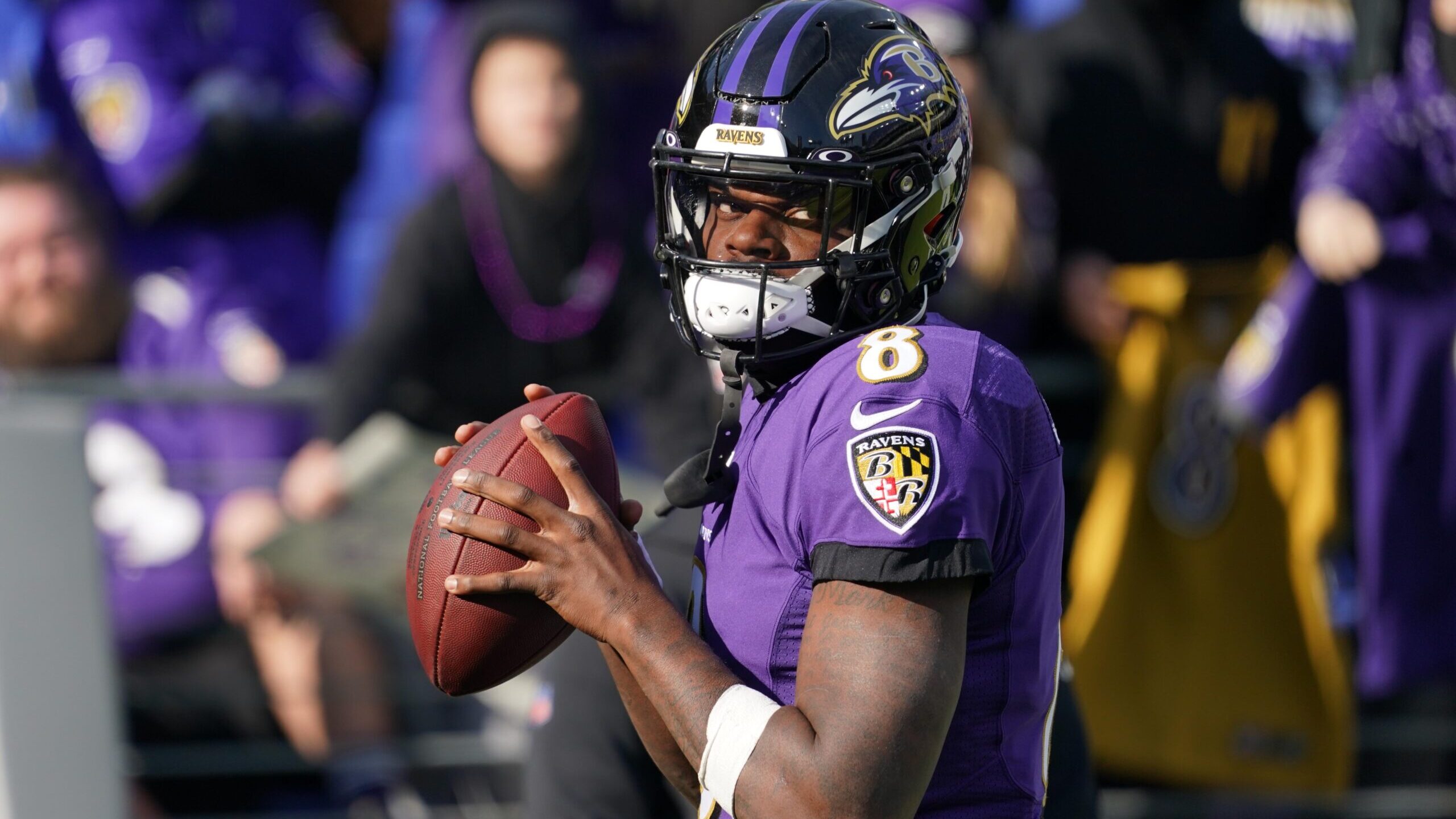
Start by Tailoring Offense to QB’s Skill Set
The next time I returned to the Los Angeles Coliseum, it was 10 years later, almost to the day, this time as the Baltimore Ravens offensive coordinator. We were in Los Angeles to play the Rams on a Monday night. As I walked on the field with my son Connor, I couldn’t help but recall that Stanford-USC game. Memories flooded back, and I thought about how different our game plan was that night with quarterback Lamar Jackson leading the way.
After some ups and downs to begin the season, the Ravens were clicking pretty well with what would become a historically relevant offense. Jackson wound up as the unanimous choice for NFL MVP. The Ravens' offense didn’t have nearly the amount of layers, but it was devised around Jackson’s unique skill set.
I told the offense the night before that we would run the ball three times in a row to start the game, no matter what the down and distance were, to prove to the Rams and ourselves what kind of game it would be.
I was betting on us to get 10 yards on those first three plays, but I wanted to let the players make their own statement. We got the first down, Lamar threw five TD passes, we ran for 285 yards and we won 45-6. It was a near-flawless performance.
After the game, as I went down to that old locker room in the Coliseum and washed my hands at the same sink, and looked in the same mirror I had after the only other time I had coached there in 2009, thoughts came into my head.
I appreciated how the players handled their business, and in between hugs and high-fives, I thought about how the same results took place with two very different offenses tailored to the quarterback — a physical mindset and a strong running game.
It is important to remember that leading up to the 2018 NFL Draft and early in his career, many questioned whether Jackson should play quarterback in the league. I also was struck by how the quarterback profile was beginning to expand, and Jackson’s growing body of work was probably the greatest example to date of how a dual-threat quarterback can be successful in the NFL.
The door of opportunity was being pushed open to future quarterbacks who could impact the game with their arms and legs. There were probably Pop Warner and high school kids who went to their room that night and decided that was what they would be one day.
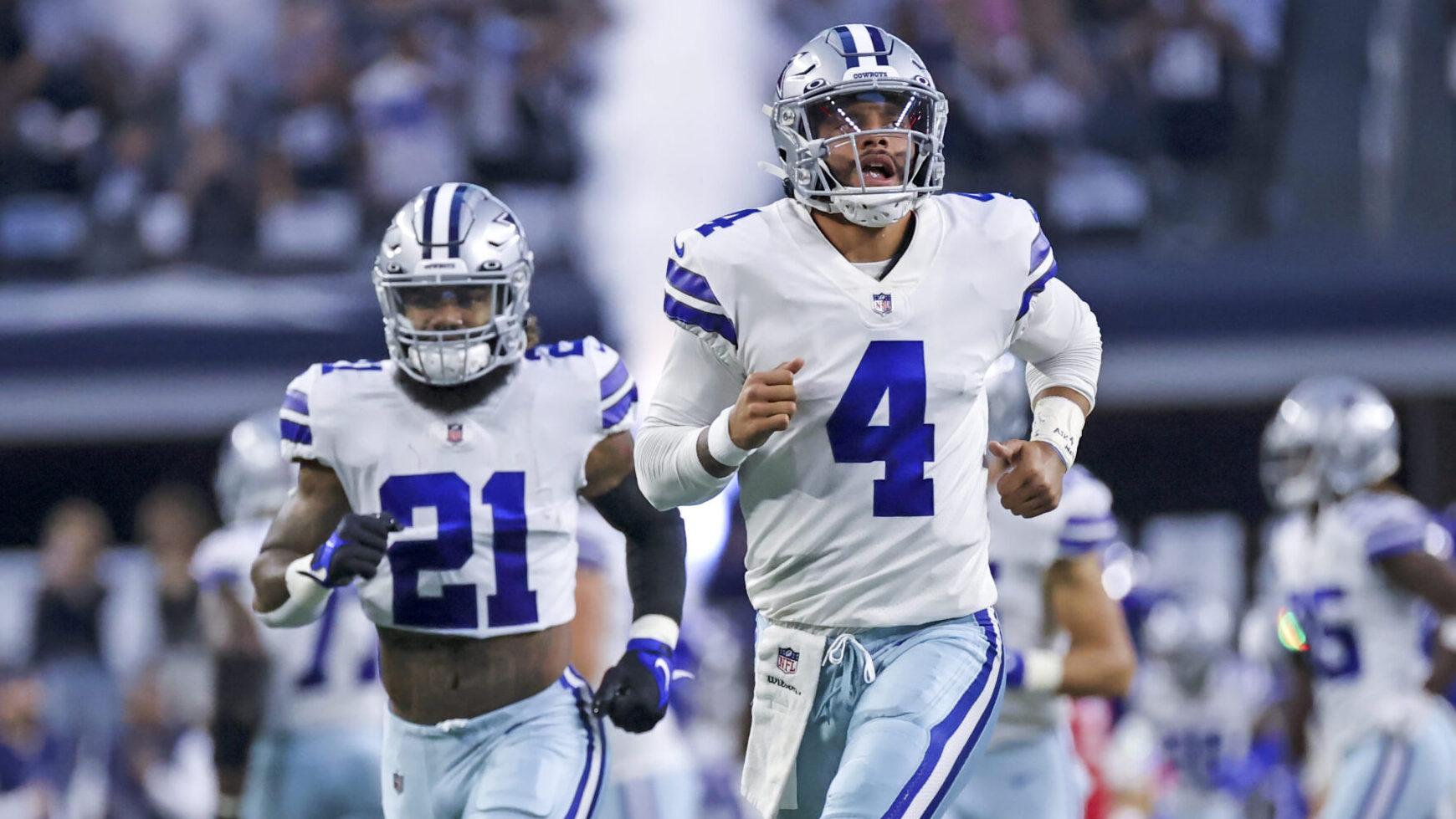 Evaluators Must Have a Vision for QBs They Scout
Evaluators Must Have a Vision for QBs They Scout
These examples illustrate that great results can be accomplished with quarterbacks of varying skill sets.
Evaluating a quarterback prospect for the NFL Draft is a task with many variables. These include: physical, mental, emotional, work ethic, accuracy, decision making, “processor speed,” instincts and feel, vision, arm strength, leadership, personality, temperament, ability to focus, movement skills and toughness.
What kind of system did they play in? How do they look at the game? The list of things to evaluate and consider goes on and on. There is a reason many successful college quarterbacks do not find a level of success in the NFL — it’s a lot harder!
The NFL has varying degrees of very good to great talent at every defensive position every week. Different field dimensions balance the field. There is speed everywhere. There are multiple schemes that adapt to take away what you do best and your best weapons. The step from college to pro is steep.
Each quarterback goes through that process and handles it differently on their unique timeline. An evaluator must have a vision of what this quarterback will look like playing in the system you envision for him. It’s a highly subjective evaluation. I reached the point that to form an opinion about a quarterback our team might seriously consider drafting, I had to spend time with him one-on-one because the film only tells you some of the story at that position.
It is such an important position it has got to be right. Watching film with them and talking through things to see how they handle tough questions about their performance and how they interact with football gives you an idea of how you can move forward and progress with them or not. That is a big key.
A coach can leave a meeting with a quarterback prospect and have a strong feeling about how he will progress at the next level. A young quarterback will make many mistakes, beginning with practice. If the coach leaves that initial meeting confident the quarterback can fix mistakes and move forward to the next inevitable learning opportunity, it will go a long way toward making you feel comfortable and confident you want to work with him.
I liked Dak Prescott’s film, but after an hour with him one-on-one in the film room, I was convinced he would be a star. He is proving that assumption right.
As the junior leagues, high school and college ranks deploy more dual-threat quarterbacks and systems tailored to their abilities, opportunity looms large for many prospects who might not have had them in the past. When I refer to dual-threat quarterbacks, it is important to understand I mean “DUAL.”
In the NFL, a quarterback must be able to throw the ball at a level “above the line.” That line is different for each team based on how well they run the ball, play defense and special teams.
Obviously, if a team has Tom Brady or any talented drop-back passer, it will throw the ball in that fashion quite a bit. Each team is different, and each game becomes different, but at some point, a team has to execute in the passing game, some games are almost exclusively based on its makeup.
If a team can run the ball well, it makes sense they should utilize play-action passes to complement the run game. This can be one of a young quarterback’s best friends. Collecting easy completions can help build his confidence. Success builds real confidence, so finding ways to help orchestrate that success is important.
Chasing improvement in all areas is paramount to succeeding as an NFL quarterback because everyone is working to take away what you like to do. The hope is that as a dual-threat quarterback improves, matures and develops as a passer, his reliance on his running skills tapers off. Steve McNair was a great example of this process, and it’s an exciting process.
Rare Traits Make Richardson Intriguing Prospect
I always keep my eyes open for talented young quarterback prospects, particularly ones with dual-threat capabilities, and see what makes them unique.
The Indianapolis Colts chose Anthony Richardson with the fourth pick in the 2023 draft, and it will be exciting and interesting to watch as he integrates into the NFL. Richardson is a prospect with undeniable potential and a rare physical profile: 6-foot-4, 244 pounds, a 4.43-second 40-yard dash, a 40.5-inch vertical and a 10-foot-9 broad jump. Wow.
When I watched some of Richardson’s games at Florida, I saw a lot of star qualities that flashed intermittently with young, raw moments. His size, speed, release and arm strength are beyond question. I liked how he competed and hung in the pocket at times.
He showed very good running skills and could outrun angles but also ran tough when needed. Richardson has all the arm strength and velocity a quarterback will ever need. It helps him to have played against multiple defensive schemes and coverages in the SEC.
However, he will have to work on some things, starting with his footwork, base and balance. Improving those will help his accuracy in the pocket. He also must consistently throw accurately on the move, which should become a weapon for him.
All these things undoubtedly were talked about ad nauseum by clubs (and football junkies) leading up to the draft. There is no need to go into another in-depth, high-potential scouting report, but Richardson is a raw talent dripping with potential. Like every young quarterback, how he can process all that goes into the position will help determine his ceiling.
Colts a Promising Fit for Richardson
The Colts seem like a good fit for Richardson. New coach Shane Steichen is familiar with dual-threat quarterbacks with his work with Tyrod Taylor with the Los Angeles Chargers and most recently with Jalen Hurts for the Philadelphia Eagles. New Colts offensive line coach Tony Sparano Jr. is well-versed in running the football and worked for me in a system that featured the quarterback involved in the running game. Richardson ran for touchdowns longer than 60 yards four times last season at Florida.
Jonathan Taylor is an exceptional back and has already rushed for 1,800 yards in a season. Indianapolis also has some big targets on the interior with their tight ends, and wide receiver Michael Pittman Jr. continues to improve.
Rosters are constantly in flux as a new coaching staff builds their vision.
Some fascinating questions as they pertain to quarterbacks in these situations are: What, how and when? What kind of offensive scheme and philosophy does the offense utilize around his unique skill set? How much does the coaching staff put on his plate? And at what rate can he build on it and evolve? When is the highly drafted rookie quarterback asked to play?
What style of offense the team will run with Richardson will be exciting to follow. I’m sure it will at least resemble what Steichen did with the Eagles last season, at least initially.
The question of when Richardson will play will be universally debated. OTA’s, training camp and preseason games are valuable for every young player, especially quarterbacks. Every practice rep also is valuable for a rookie quarterback.
The initial installation processes and how young quarterbacks move through those are important for the player and the coaches to gauge strengths and weaknesses. They create the opportunity for reps and learnable moments. How the quarterback progresses through this gives the coaches a feel for where a rookie quarterback is relative to him playing on opening day or early in the season.
This is where intangibles start to show up as the quarterback attacks the problems that come up as he works on technique. It also begins to direct the coaches in what schemes, concepts and plays they will focus on and which ones they will spend less time with.
The idea that just because a team drafted a quarterback high means he will automatically start is a misguided one. Ideally, he will play when he is ready to play, knowing he may have to play at any point due to injury or circumstance. There is evidence that supports several approaches. The bottom line is each situation is unique to where each quarterback is in his development and the makeup of the team around him.
Ben Roethlisberger, Joe Flacco and Russell Wilson had the luxury of great defenses and good running games as part of their early success. David Carr was a first-overall pick with a patched-together offensive line as a rookie and 76 sacks later, he was never the same.
A more recent example is how the Kansas City Chiefs and coach Andy Reid groomed Patrick Mahomes during his rookie year by learning from, practicing and meeting with Alex Smith as the veteran mentor. This approach sells the idea to let the rookie quarterback sit, practice, learn from an experienced veteran and chomp at the bit.
The Colts have a veteran in Gardner Minshew who is familiar with the coach and can help Richardson learn the system, explain how Steichen wants things executed and help him acclimate as an NFL quarterback.
Maybe the Colts will deploy them both on the field at times. I periodically had Colin Kaepernick on the field with starter Alex Smith in San Francisco when Colin was a young player. The first time I did it, we became the only team ever to run and pass for more than 300 yards in a game.
There is no predetermined course of action. You have to roll the balls out and get to work. The answers will avail themselves as the Colts practice and play their preseason games. The fact that Richardson is a unique talent will be interesting to watch whichever route they choose.
Greg Roman has coached in the NFL for 25 years. He was the Baltimore Ravens’ offensive coordinator from 2019 to 2022. There he helped Lamar Jackson develop into an MVP quarterback and led some of the most successful offenses in Ravens' history.



